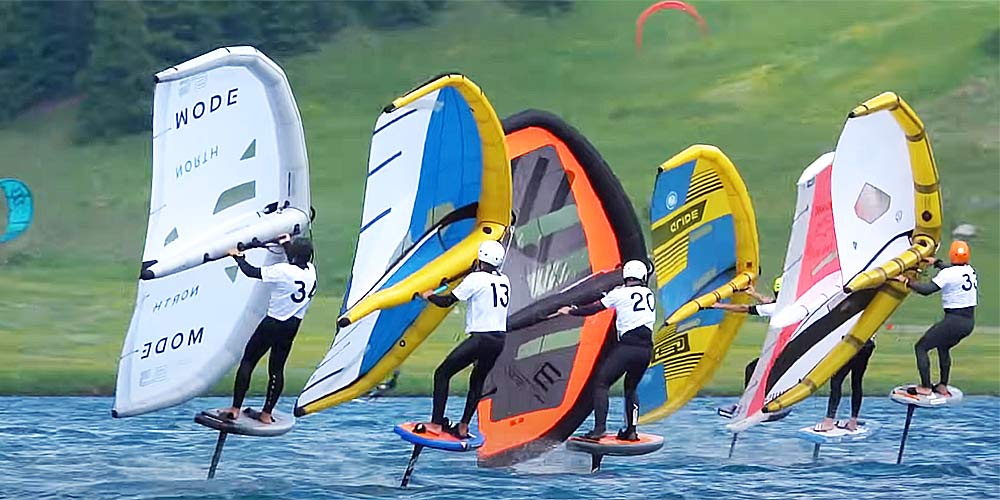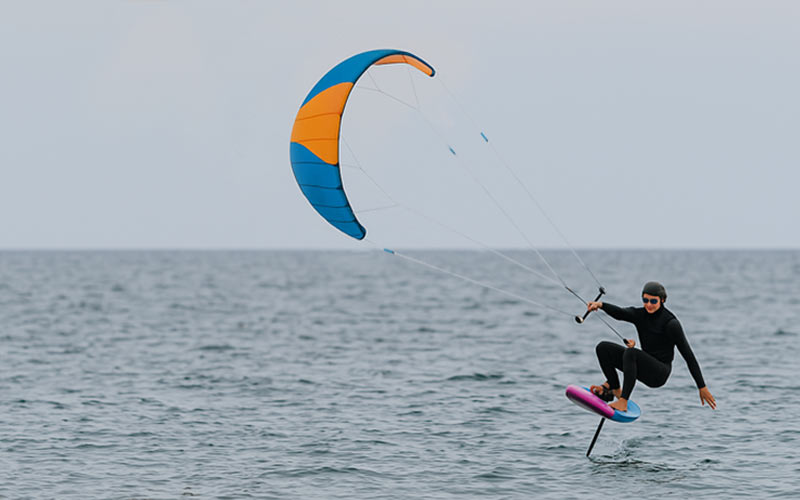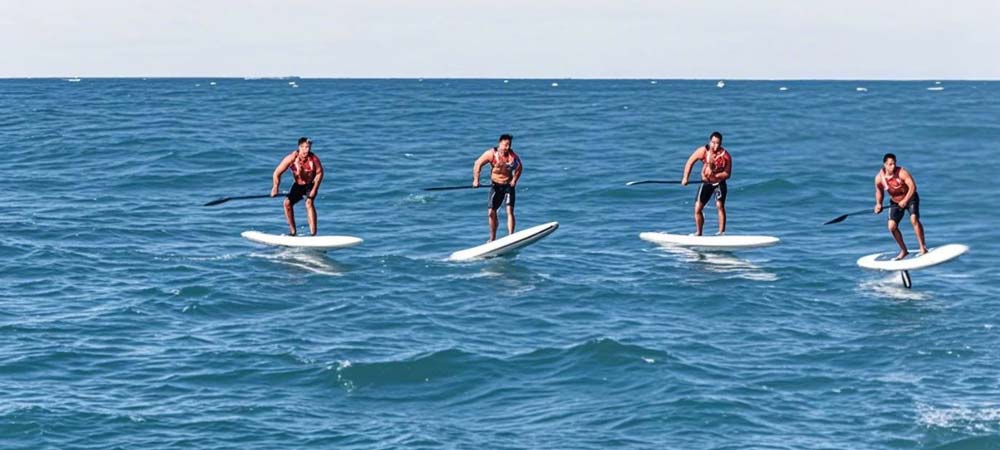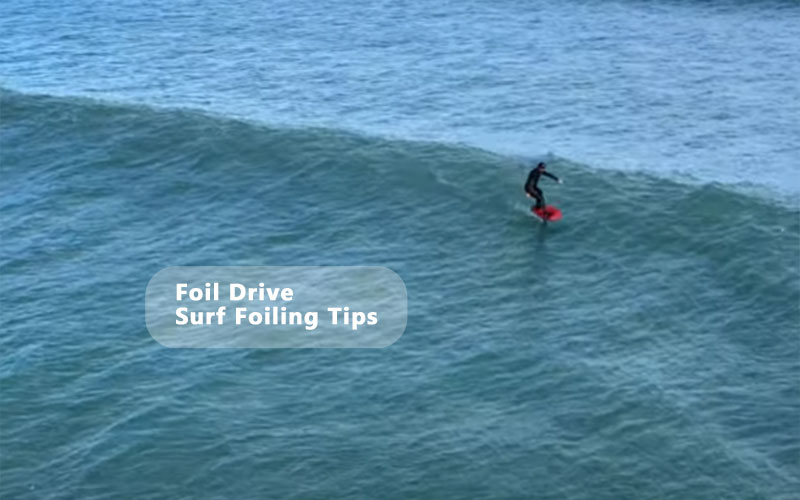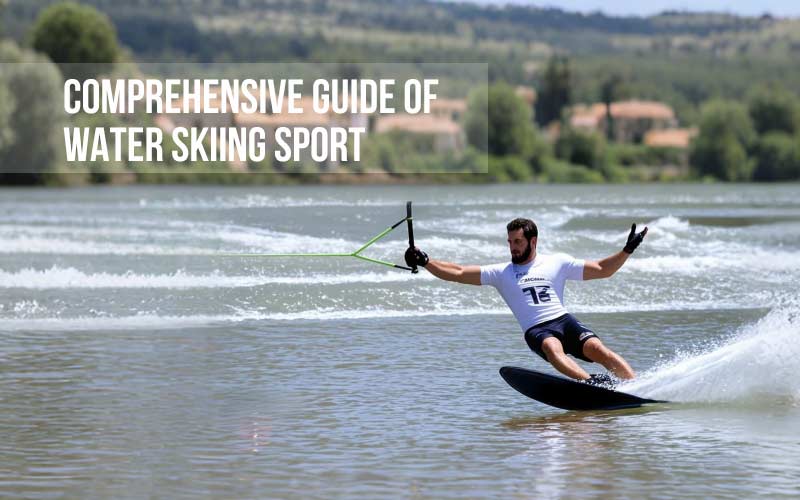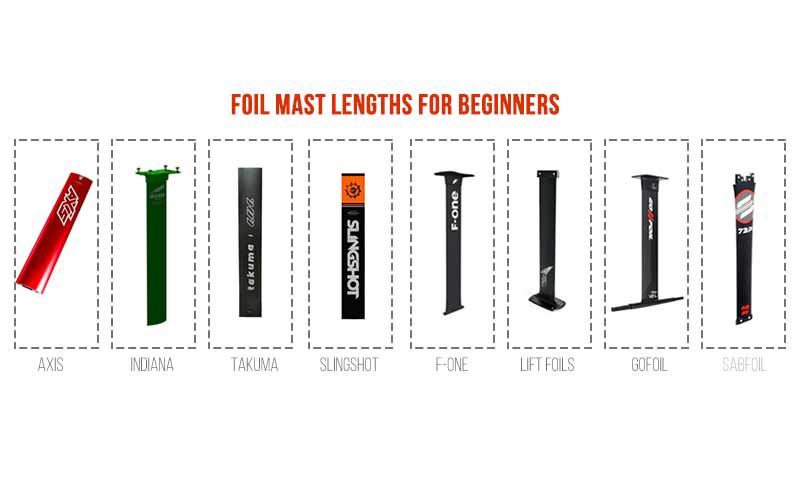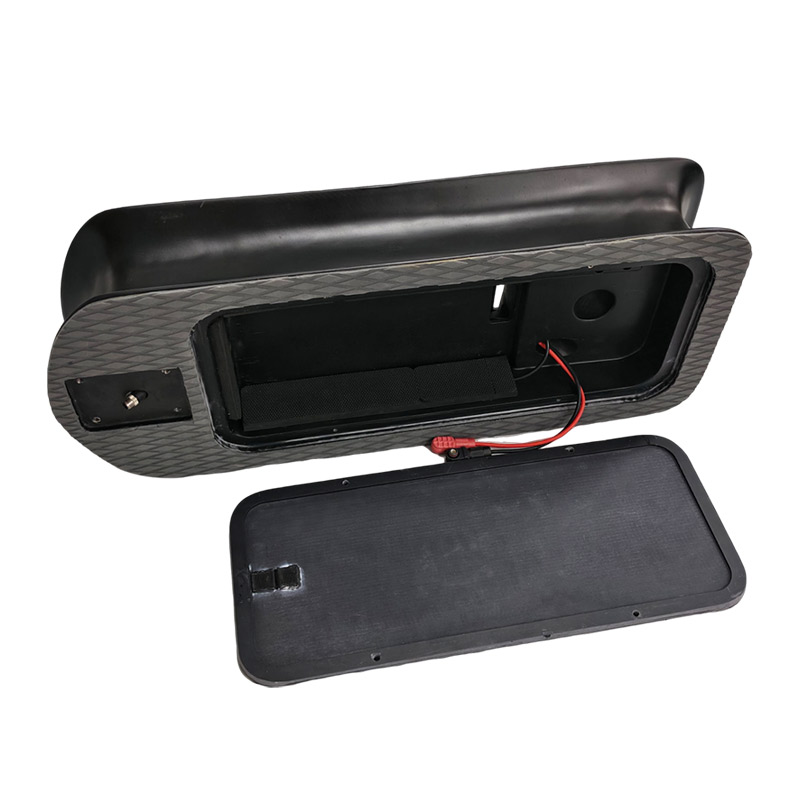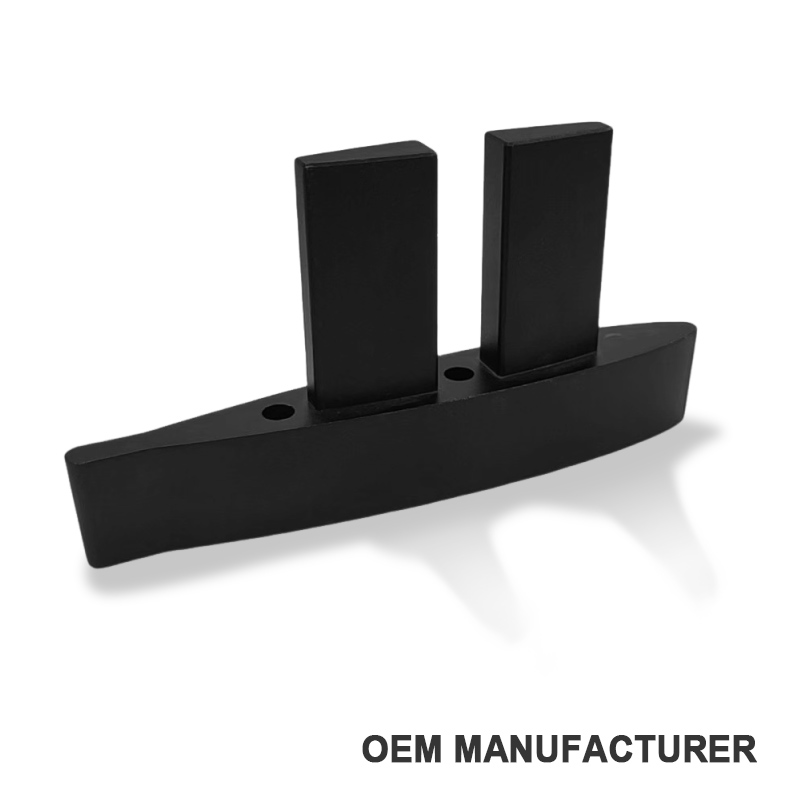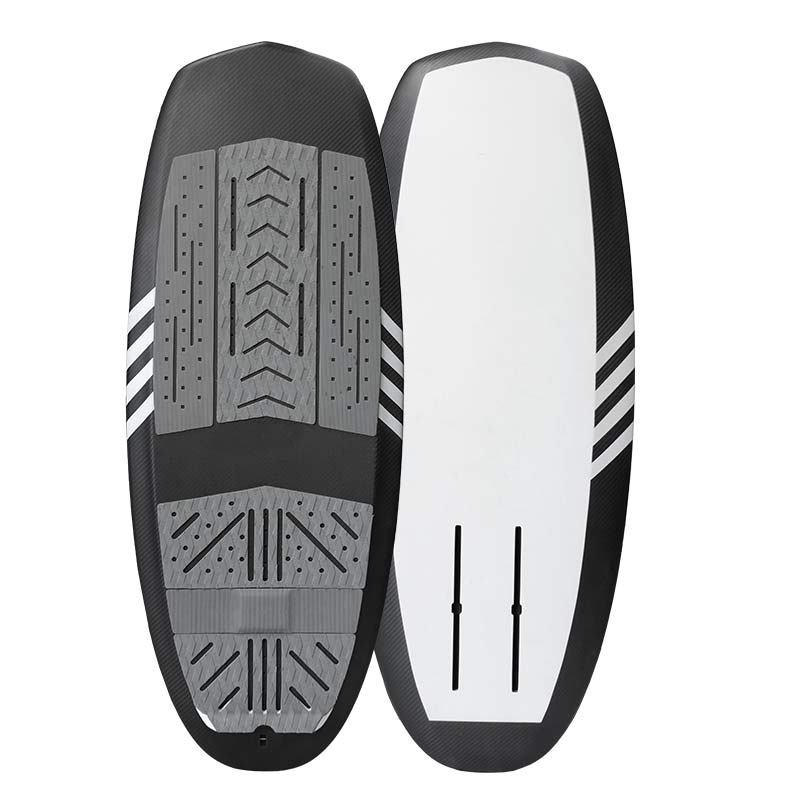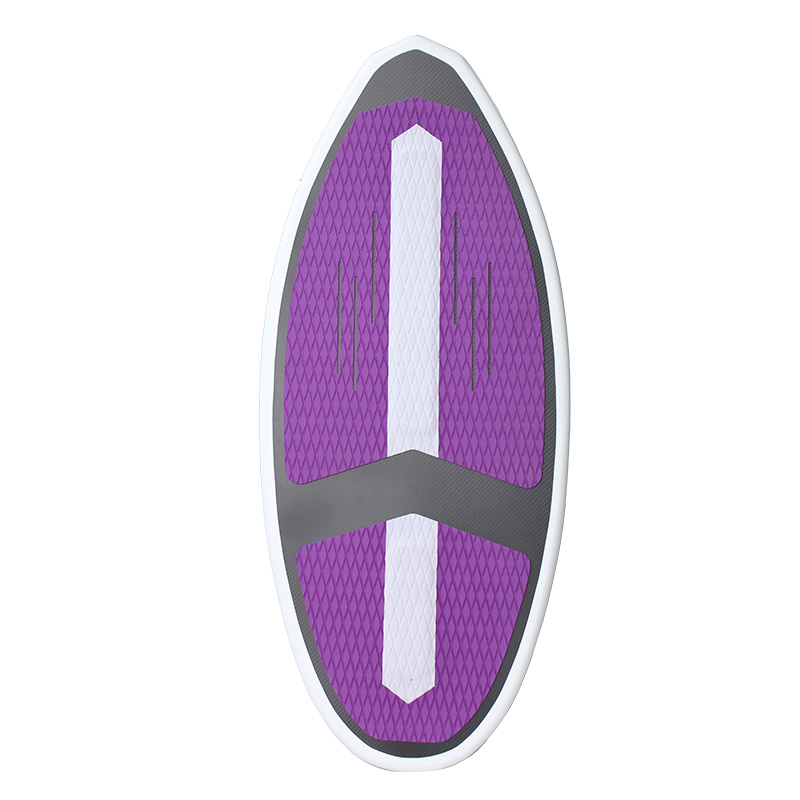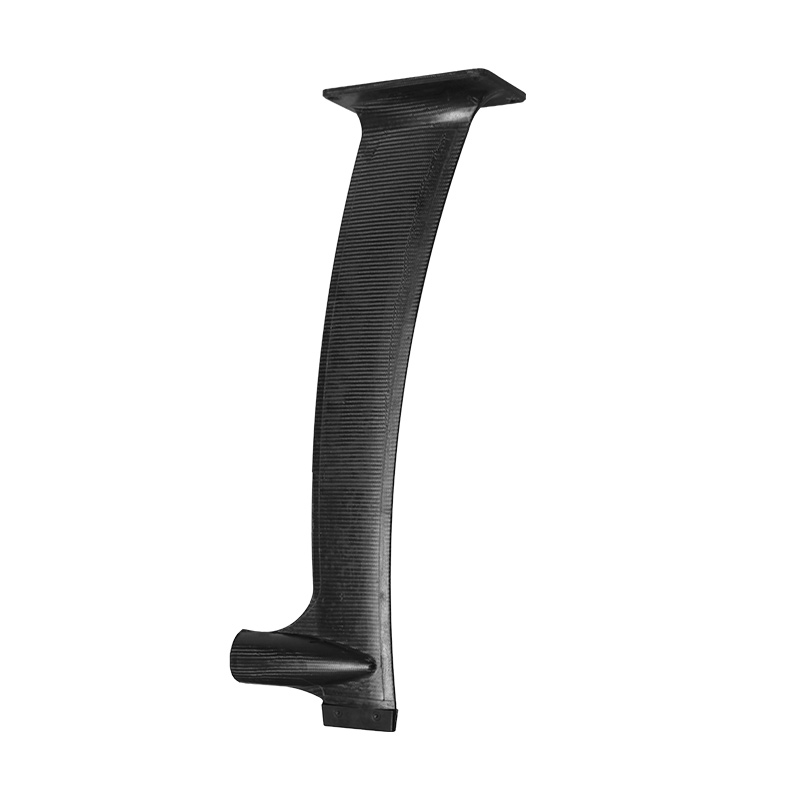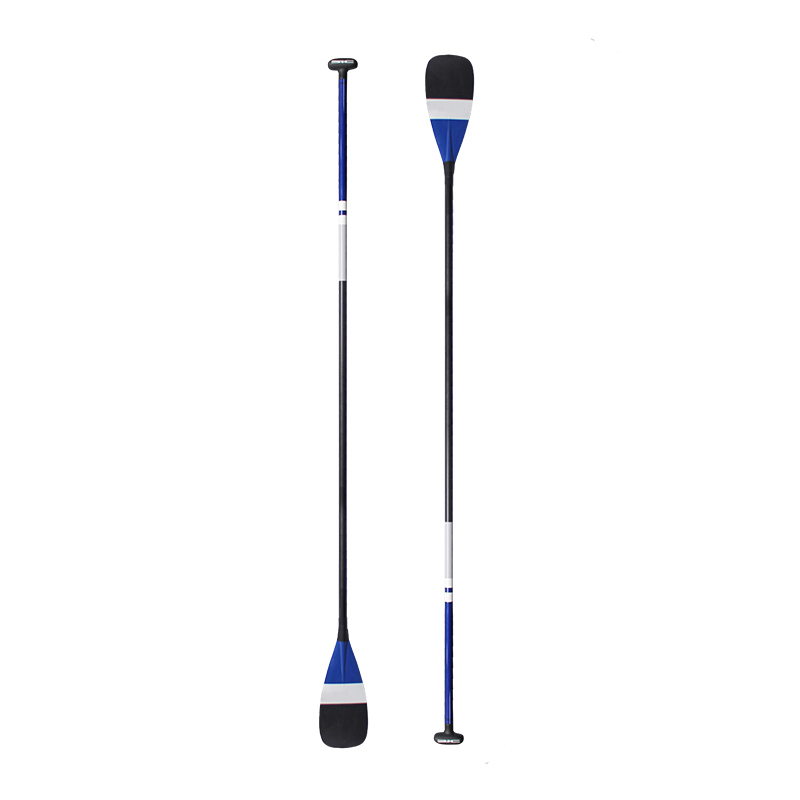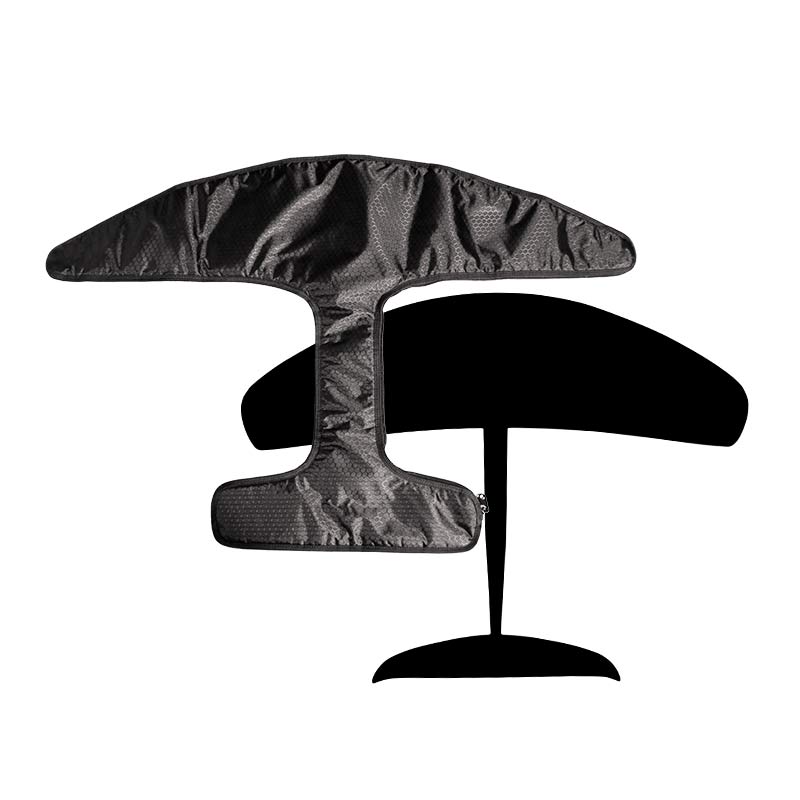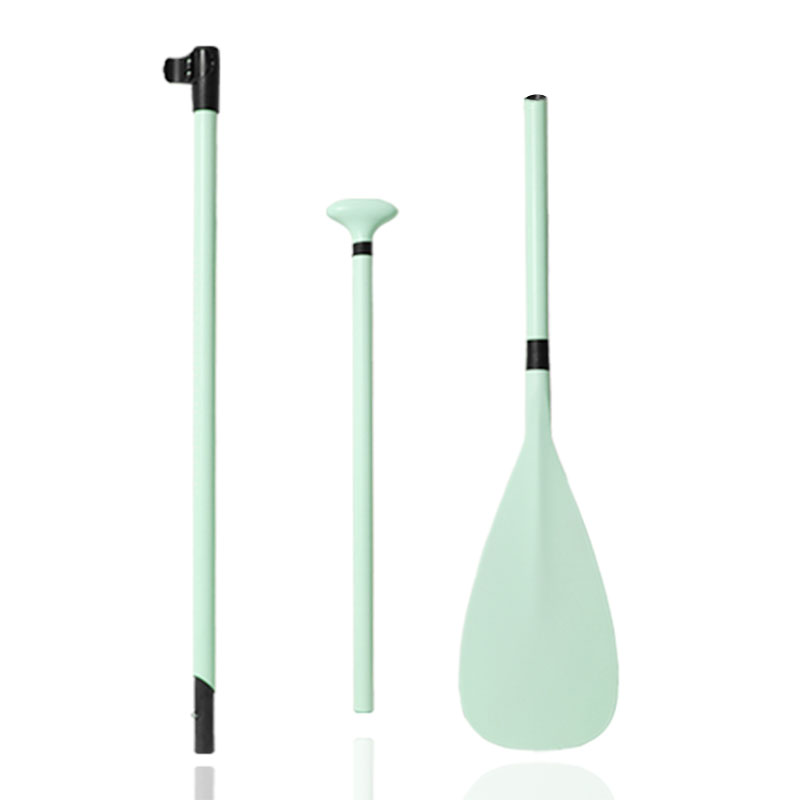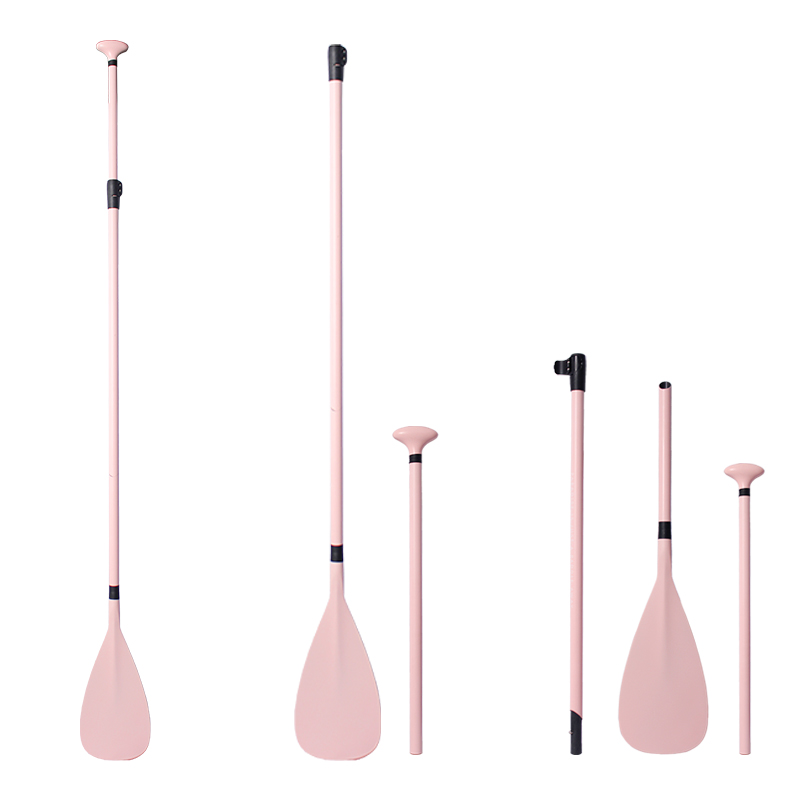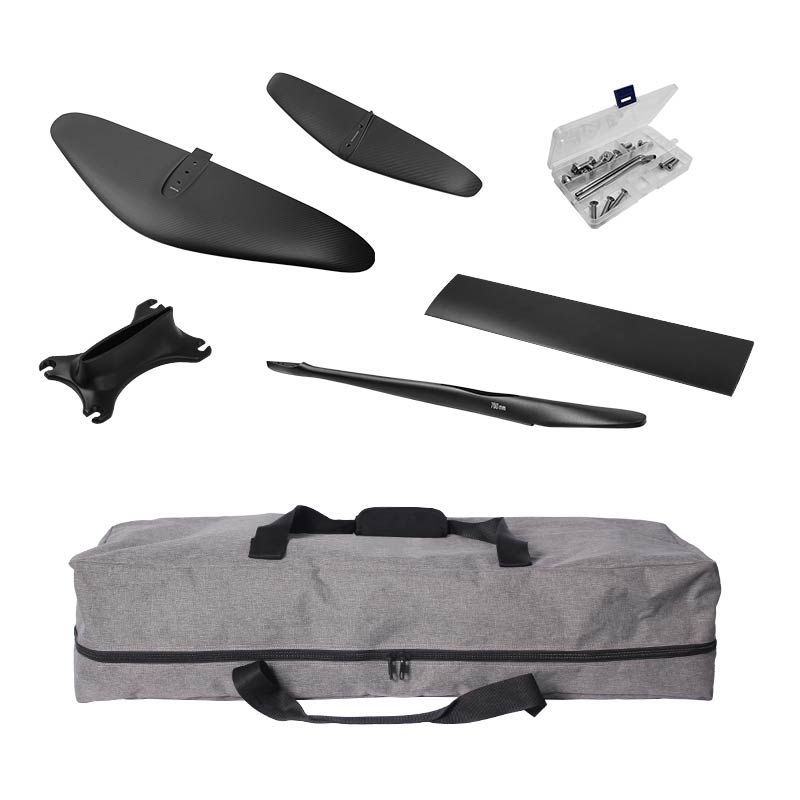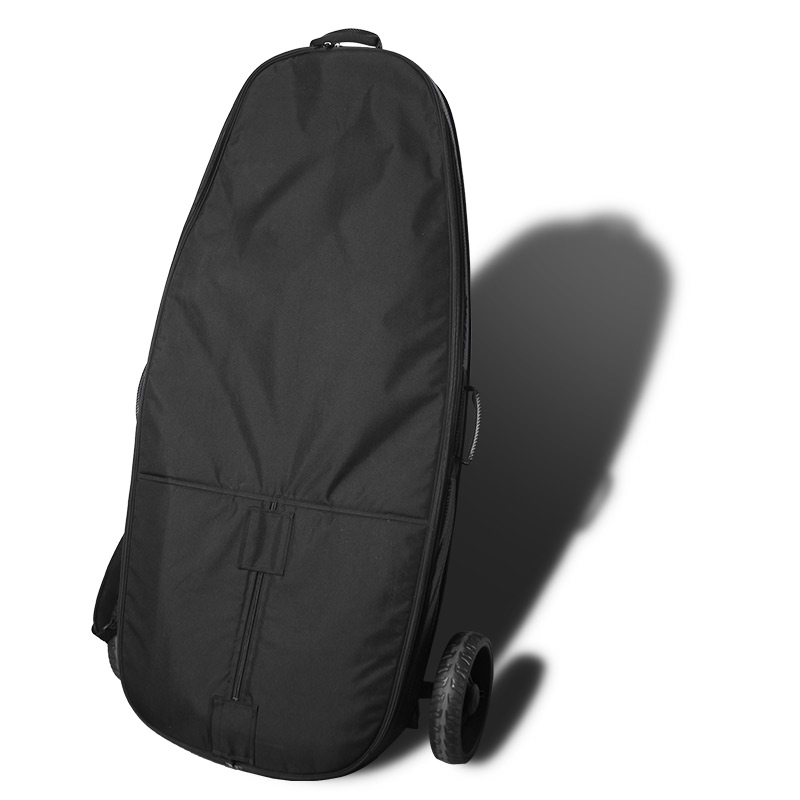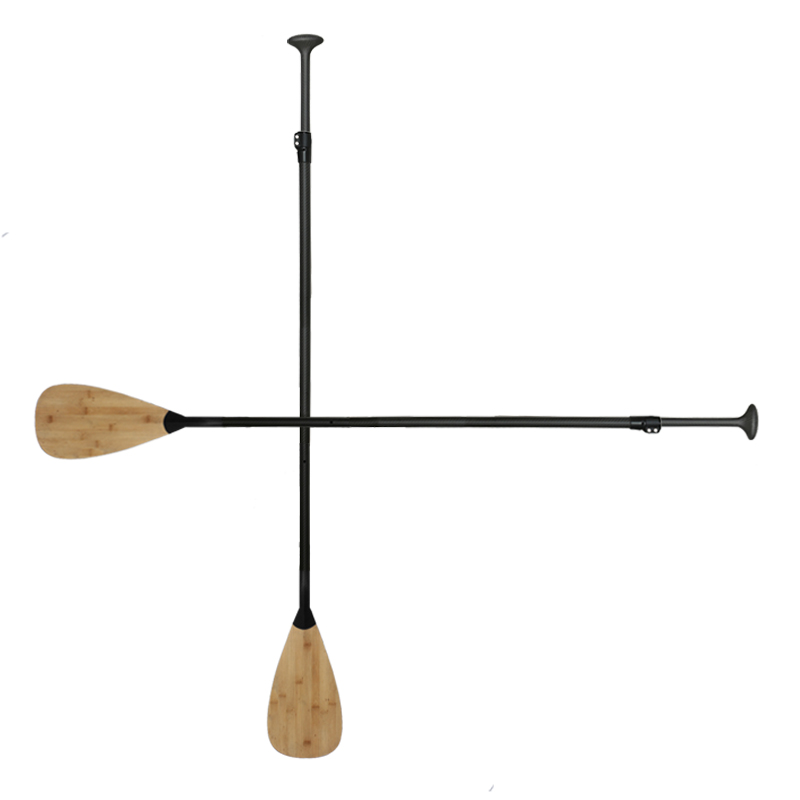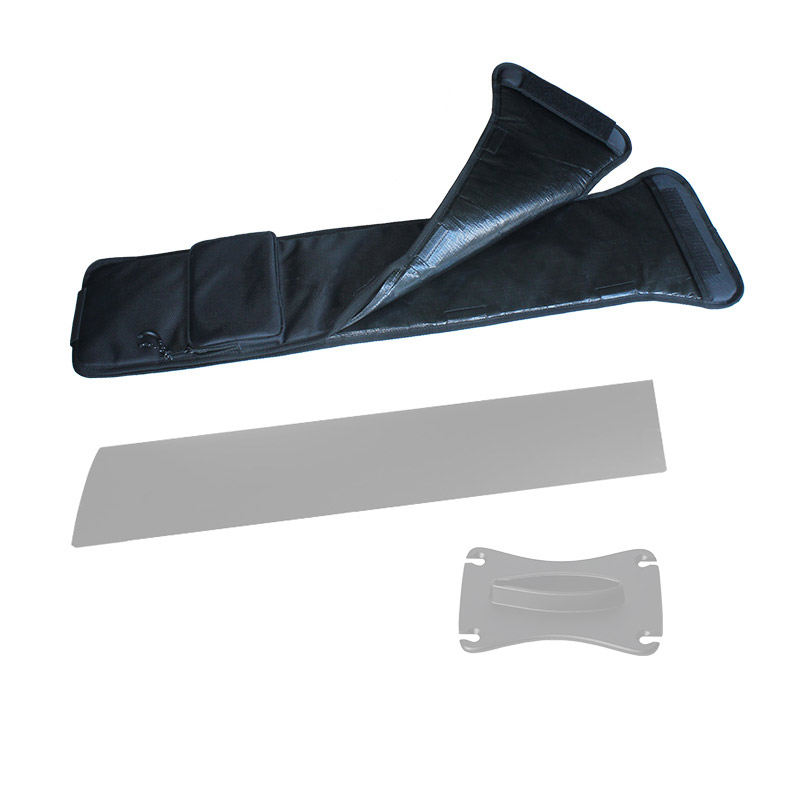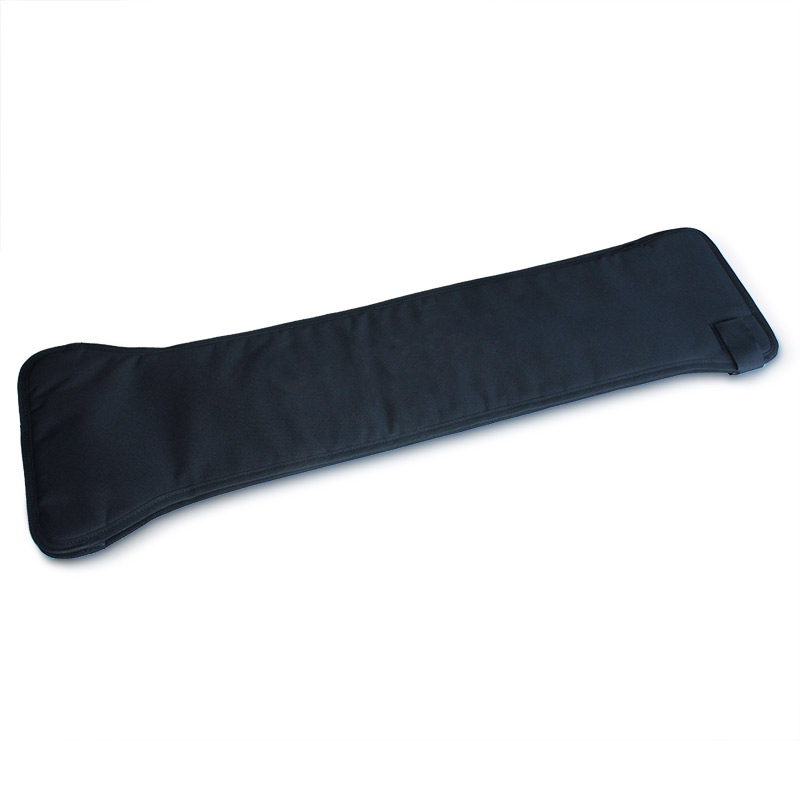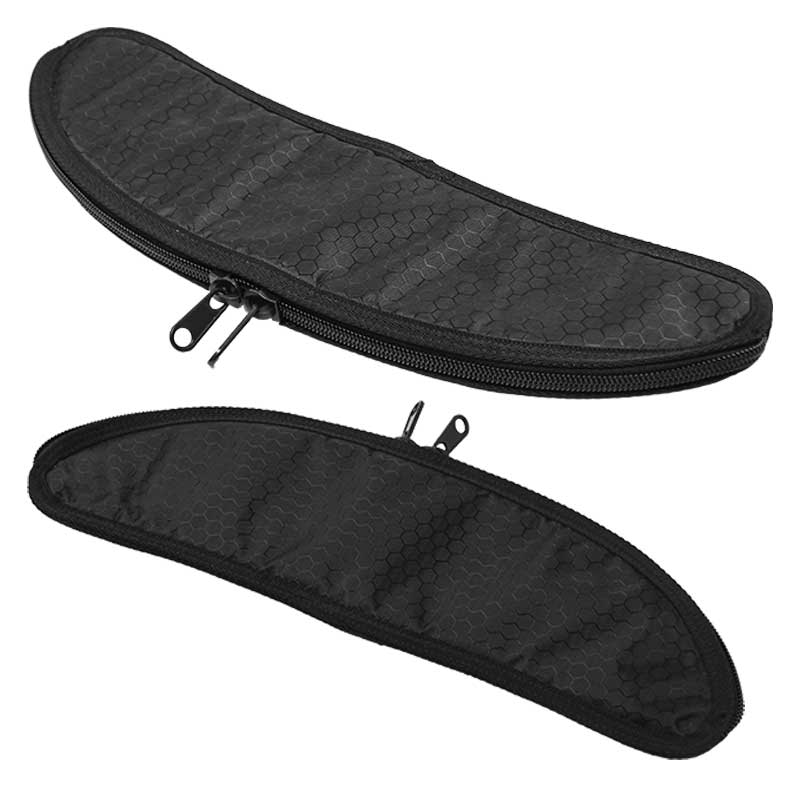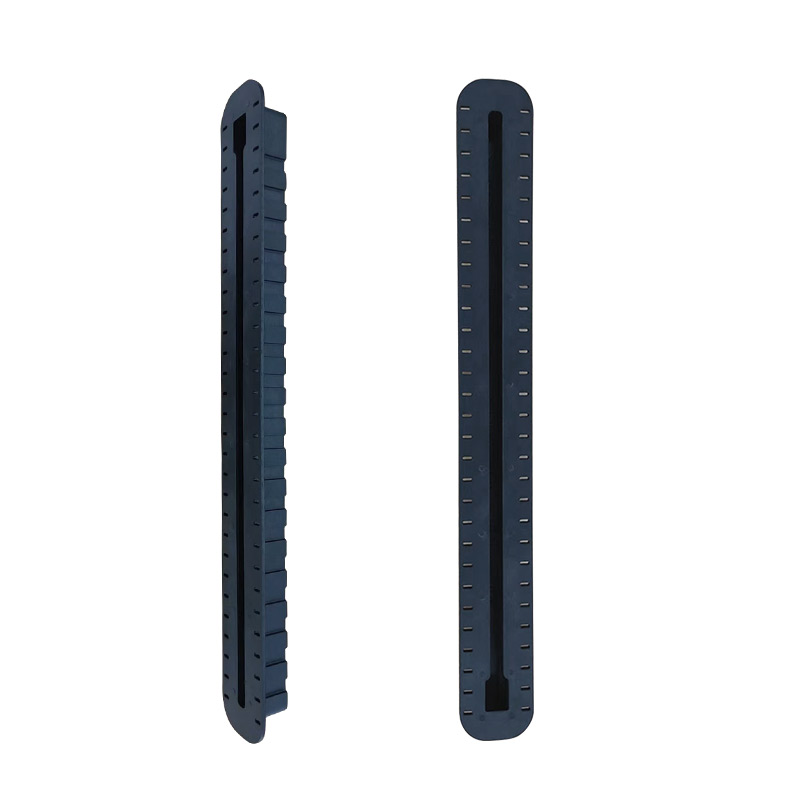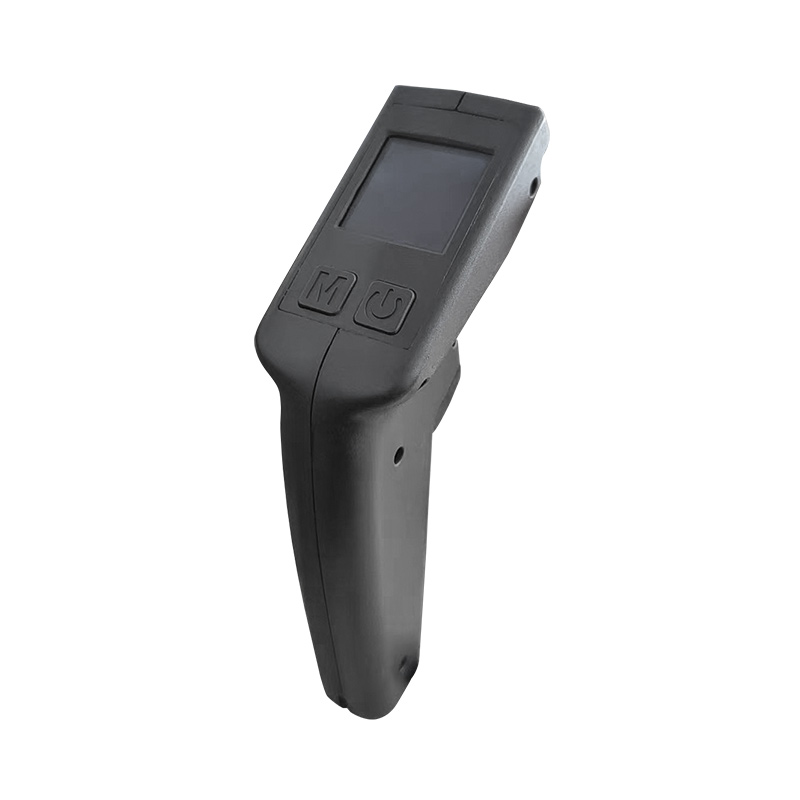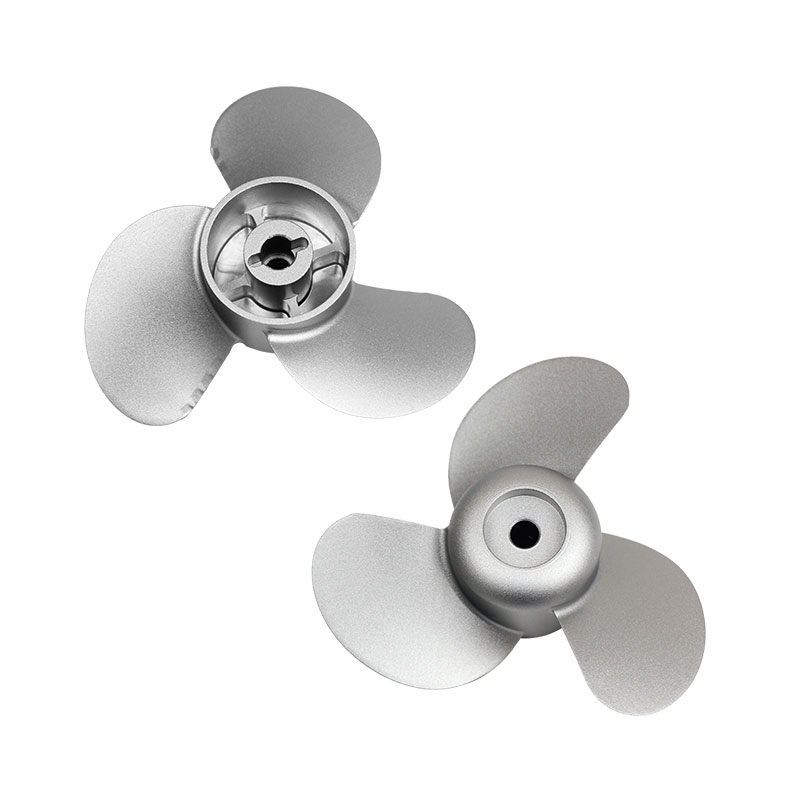In the ever-evolving world of water sports, hydrofoil wakesurfing has emerged as a thrilling and innovative addition to the watersports scene. This exciting fusion of traditional wakesurfing and cutting-edge hydrofoil technology allows enthusiasts to surf the water’s surface like never before. As riders are lifted above the waves, the possibilities and exhilaration seem limitless.
In this article, we will dive into the world of hydrofoil wakesurfing, exploring its history, equipment, techniques, and the sheer joy it brings to those who dare to ride the foils. And hope it will be helpful to you. Meanwhile, if you are interested in custom hydrofoil or wakeboard, welcome to click to see.
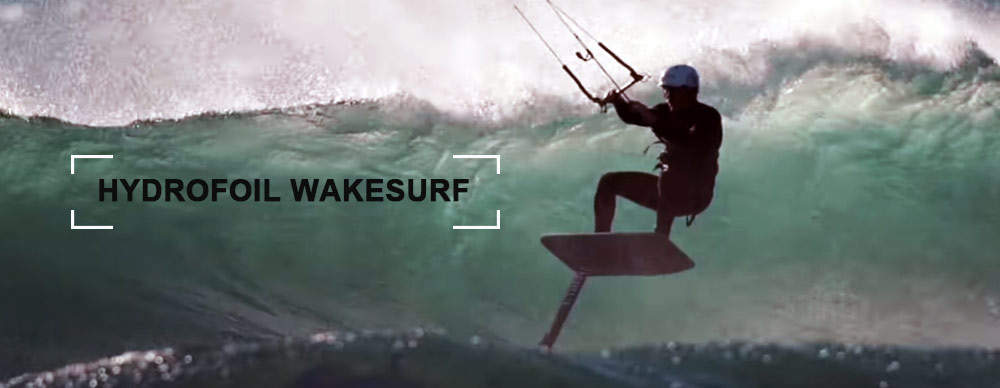
Know the Wake Foil Surfing
The Origin Of Wake Surfing
Hydrofoil wakesurfing, also known as wake foil, is an offshoot of wakesurfing, which itself traces its roots back to the 1960s when surfers began to experiment with riding the wake behind boats. As water sports enthusiasts looked for new ways to push the envelope, hydrofoil technology entered the scene. Hydrofoils are elongated wing-like structures designed to lift a board and rider above the water’s surface.
The concept of using hydrofoils in water sports can be traced back to the early 20th century. However, it was only in recent years that the technology has become accessible and popular for wake surfing.
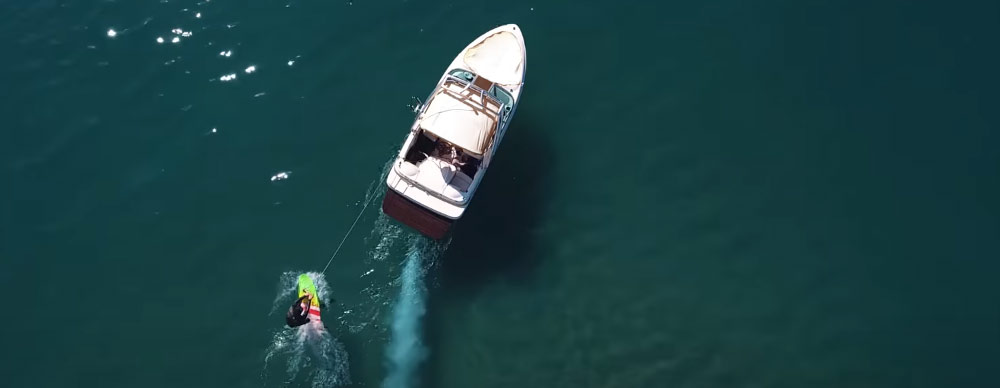
Other Types of Wakesurf
Wakesurfing is a dynamic and diverse water sport with various styles and approaches to riding the wake behind a boat. Here are some of the different types for your reference.
Traditional Wakesurfing
This is the most common form of wakesurfing. In traditional wakesurfing, riders use a shorter, surf-style board without hydrofoils. They ride the boat’s wake with a rope initially, and then, once they catch the wake, they release the rope and ride the wave created by the boat’s hull.
Skim-Style Wake Surfing
Skim-style wakesurfing involves using a skimboard, which is typically shorter and has less buoyancy than surf-style boards. Skim-style riders prefer a looser, skateboard-like feel on the water. The tricks and maneuvers performed in skim-style are often more skateboard-inspired, with spins, shuvits, and slides.
Hybrid Wakesurfing
Hybrid boards aim to combine the characteristics of both surf-style and skim-style boards. They provide a balance of maneuverability and stability, appealing to riders who want the best of both worlds.
Big-Wave Wakesurfing
This style of wakesurfing is all about riding the biggest wake possible behind the boat. It often involves using a specialized board that can handle larger waves. Riders may perform big turns and jumps on these large wakes.
Tandem Wakesurfing
Tandem wakesurfing involves two or more riders on a single board, usually one in front and one behind. It’s a fun and social way to enjoy wakesurfing, as riders can interact, perform synchronized moves, and even trade places during the ride.
The THREE Important Parts for Wake Foiling
- Wakeboard: The heart of hydrofoil wakeboard surfing is the wakeboard. These boards are longer and thicker than regular wakesurf boards, and equipped with a hydrofoil attached to the bottom. The hydrofoil creates lift, allowing the rider to “fly” above the water.
- Hydrofoil: The hydrofoil, attached to the board, consists of a mast, fuselage, and front wing. The shape and size of these components can vary, influencing the performance and characteristics of the ride.
- Towboat: A suitable towboat with sufficient power and a strong wake is essential for hydrofoil wakesurfing. The boat generates a wake that the rider can ride on, similar to traditional wakesurfing.
Begin To Wake Foil Surf
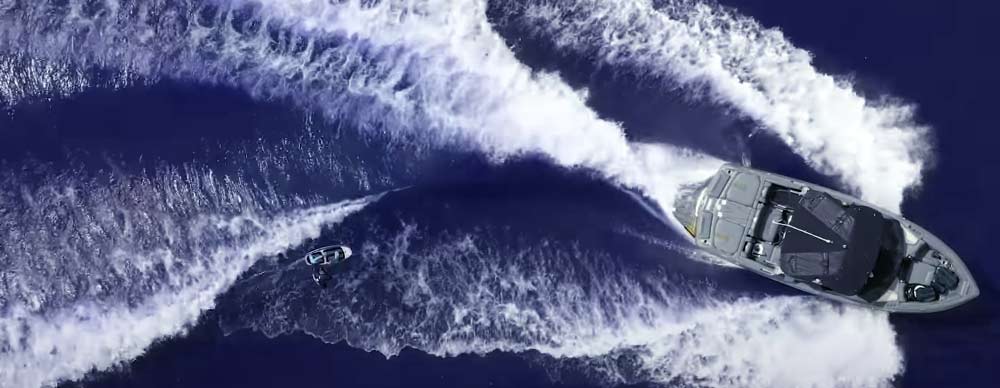
How to ride a wakeboard with hydrofoil?
Hydrofoil wakesurfing combines elements of surfing, wakeboarding, and kiteboarding. Here are 5 tips to help you to learn about it.
- Balance is Key: Maintaining balance on the foil board is critical. Riders should keep their weight centered and use their core muscles to control their movements.
- Gradual Progression: Beginners should start with shorter foils and work their way up to longer ones as they gain experience. Longer foils provide greater stability but may be more challenging for newcomers.
- Leverage the Wake: To initiate flight, riders should use the boat’s wake as a ramp, allowing the foil to lift them above the water’s surface.
- Foot Placement: The rider’s stance on the board and foot placement play a significant role in control. Generally, the front foot should be placed closer to the foil and the rear foot on the tail of the board.
- Safety First: As with any water sport, safety is paramount. Riders should wear appropriate safety gear, including a life jacket and a helmet.
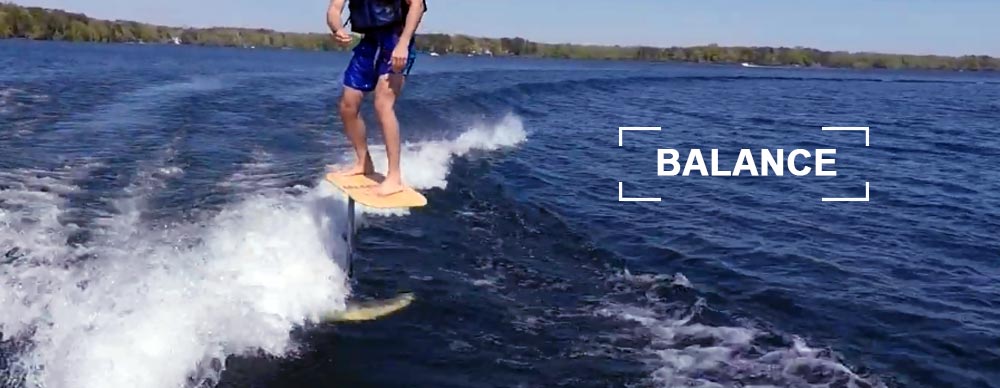
The Joy of Hydrofoil Wakesurfing
Hydrofoil wakesurfing offers a unique and exhilarating experience for water sports enthusiasts. As riders lift off the water, they enter a world of near-weightless freedom, gliding smoothly across the water’s surface. The sensation of “flying” on a foil board is often described as magical and addictive.
The ability to perform tricks, carve through the water, and even catch some air is what sets hydrofoil wakesurfing apart from other water sports. It offers endless opportunities for creativity and progression, keeping riders engaged and challenged.
As hydrofoil wakesurfing gains popularity, it has also sparked a vibrant community of enthusiasts who share their experiences, tips, and tricks through online forums and social media platforms. These communities help foster the growth of the sport and connect like-minded individuals worldwide.

